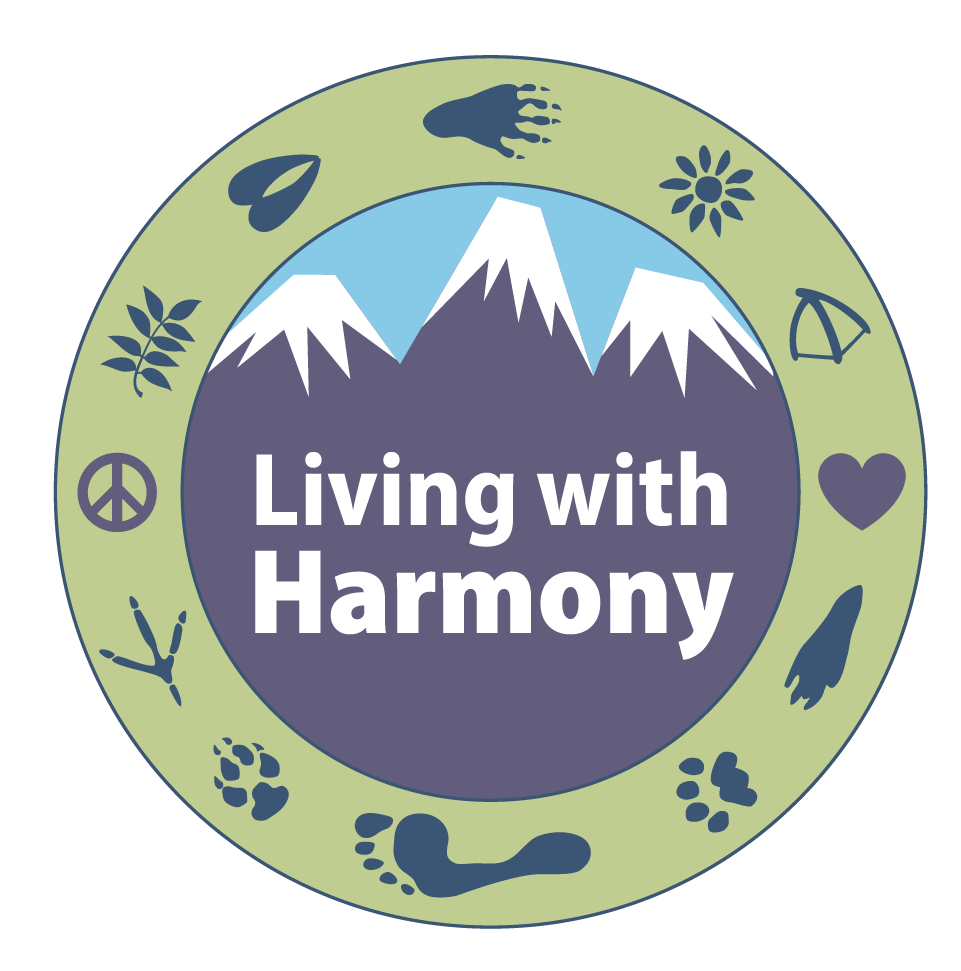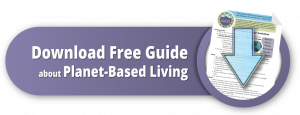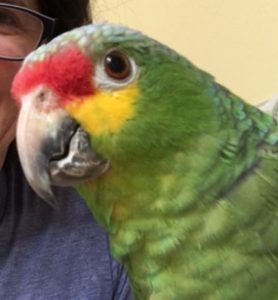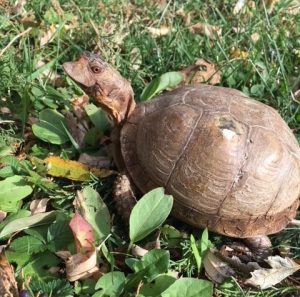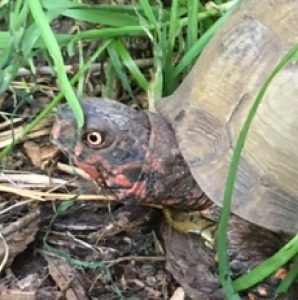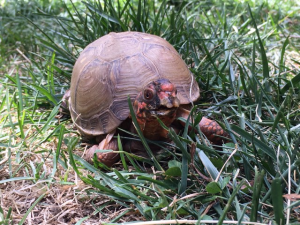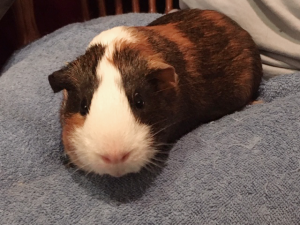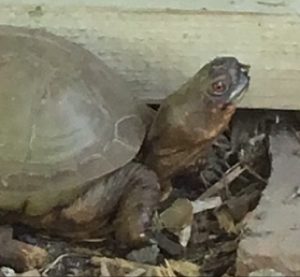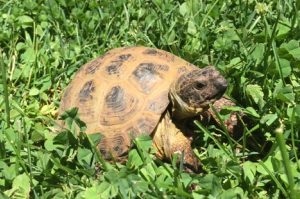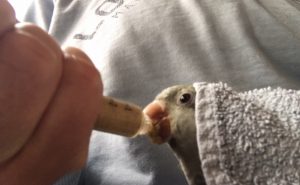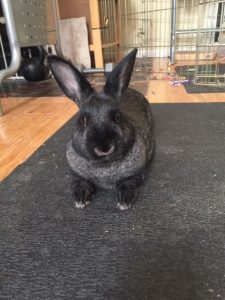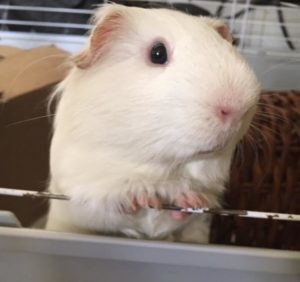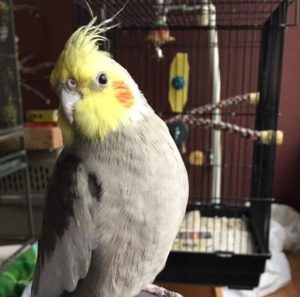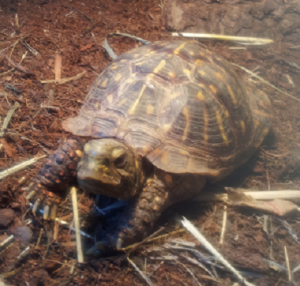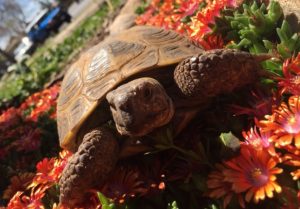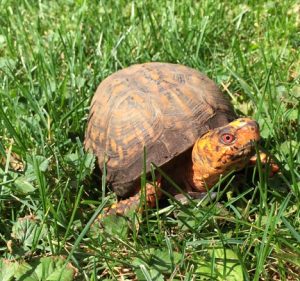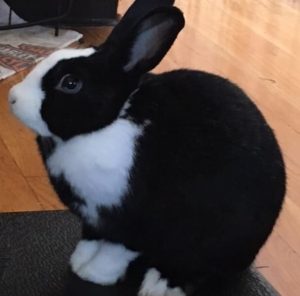Composting 101
What is compost? Compost is the world’s richest soil and is typically made in backyards. Vegetables and plants that are grown in compost have the highest nutritional density of all foods on earth. The healthiest human bodies come from the healthiest foods and the healthiest foods come from the healthiest soil, otherwise known as compost. Composting is very easy to make.
The compost pile is a large mix of green leaves and can include grass clippings, brown plant twigs and tree leaves. Any green added to the compost pile will produce heat. The non greens, such as leaves are called “Carbon”. A good mix of carbon to green creates the right balance for these items to break down and turn into compost. This old fashioned way of composting could take upwards of a year to break down. We have found that partnering with the forces of nature can speed up the composting process resulting in finished compost in only three to six weeks!
The way to make a speedy batch of compost is to understand that a compost pile is a microbial farm. Bacteria are the first to break down plant tissues. Fungi and Protozoans soon join the bacterial feast. Centipedes, millipedes, grubs and earthworms later join in.
Red wriggler worms (also known as earth worms) eat their weight in refuse every day. Under ideal conditions, they double their numbers every 4-6 weeks
What can you put in the compost pile? Anything that grows in the yard. Kitchen scraps are fine, as long as you don’t add meat, dairy, eggs or cheese to the compost pile, The reason to keep these items away from your compost pile is due to hungry predators in the area who are looking for protein sources, The last thing you want is a bear or coyote digging through your compost pile.
Microorganisms use the carbon or non-greens in your compost pile as an energy source. The greens or nitrogen provide the microbes with the raw proteins to build their bodies.
Everything in nature has a carbon to nitrogen ratio in its tissues. The ideal carbon to nitrogen ratio is 30 parts carbon (Brown leaves) to 1 part nitrogen (greens).
If you don’t care about speed, throw all your leaves and grass clippings into a huge pile and wait a year and you will have perfect compost. For faster compost, here is a list of common kitchen items to throw in your compost pile:
• Grass clippings (Make sure these are free of herbicides and pre-emergents)
• Vegetable Garden Trimmings
• Fresh hay
• Animal manure (If available, horse manure is terrific)
(Do not incorporate dog & cat droppings since these may be full of GMO’s due to the foods they may have eaten)
• Tea bags / coffee grounds
• Wood chips
• Sawdust
• Straw
• Dried leaves
• Shredded paper & cardboard / Paper towels
Avoid too many citrus peels because these may contain too much acid and slow down the microbial process.
One way to speed up the composting process is put excess food scraps, etc. into a blender and crush these into a pulp. This makes it easier to break down. You might run these over with a lawnmower and empty the bag into the composter.
A compost pile does not stink of it gets enough air. If your pile has an odor, turn the pile to allow air penetration. This will eliminate unwanted smells.
You never want you compost pile to completely dry out because all microbes need a little water to live. Make sure to add a little water to your pile. Make sue you have ample drainage for your compost pile because if it rains for an extended period of time, your bugs and microorganisms may drown!
A good compost mix will generate lots of heat. Once the pile cools down, this is a sign that the microbes are done eating the inside of the pile. The pile should be turned and mixed up so that the outer edges are eaten by the microbes. It would be ideal to turn your compost once a week.
How do you know when your compost is ready to use? When the pile cools down and everything looks like rich humus / soil.
Once the compost is made, you can use it in the garden. You can use it as mulch for existing plants. Using it this way will help prevent weeds, slows water evaporation and looks wonderful. Irrigation will melt the minerals of this brown gold into the soil profile below, making the world’s most nutrient dense foods.
To get more ideas on how to partner with nature to create the best results in your garden, or how to create what we call the World Peace Landscape, please visit the YouTube channel Enviroscape L.A.
For more information about starting to compost, please visit: http://ecocycle.org/backyard-composting
